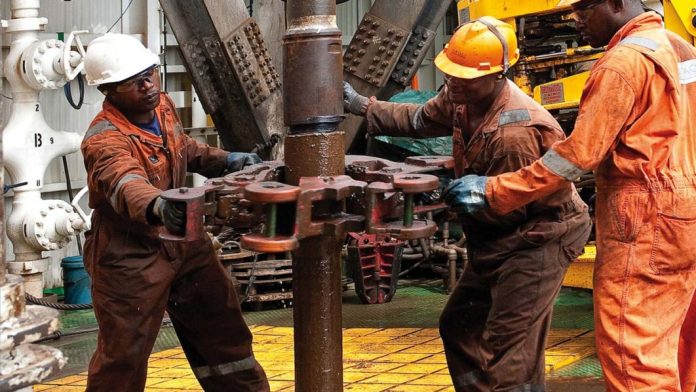The international oil benchmark, Brent crude, climbed above $84 per barrel easing concerns about the potential impact of Omicron coronavirus variant on demand.
Brent, against which Nigeria’s crude oil is priced, rose by $1.42 to $85.14 per barrel.
The Senior Market Analyst, Asia Pacific at OANDA, Jeffrey Halley, said in a note that Bent could move towards $100 per barrel this quarter.
He said, “Assuming China doesn’t suffer a sharp slowdown, that omicron actually becomes omi-gone, and with OPEC+’s ability to raise production clearly limited, I see no reason why Brent crude cannot move towards $100.00 in Q1, possibly sooner.
“Having said that, I acknowledge there are plenty of variable outcomes in the previous sentence, the biggest threat being omicron in China, India, and Indonesia.”
Rigzone reported on Tuesday that the US Energy Information Administration raised its Brent spot average price forecast for 2022, citing its January short-term energy outlook has revealed.
The organisation now sees Brent spot prices averaging $74.95 per barrel this year, which marks a $4.90 increase on its previous 2022 projection of $70.05, which was made in the EIA’s December STEO.
Looking ahead to 2023 for the first time, the latest STEO forecasts that average Brent spot prices will drop to $67.50 per barrel next year. Brent spot prices averaged $70.89 per barrel in 2021, the EIA’s January STEO highlighted.
The organisation expects global liquid fuels consumption will grow by 3.6 million barrels per day in 2022 and by 1.8 million barrels per day in 2023. OPEC crude oil production is expected to rise by 2.5 million barrels per day to average 28.8 million barrels per day in 2022 and by a further 100,000 barrels per day in 2023 to average 28.9 million barrels per day.
The EIA notes that its latest STEO continues to reflect heightened levels of uncertainty as a result of the ongoing Covid-19 pandemic.


Comment here